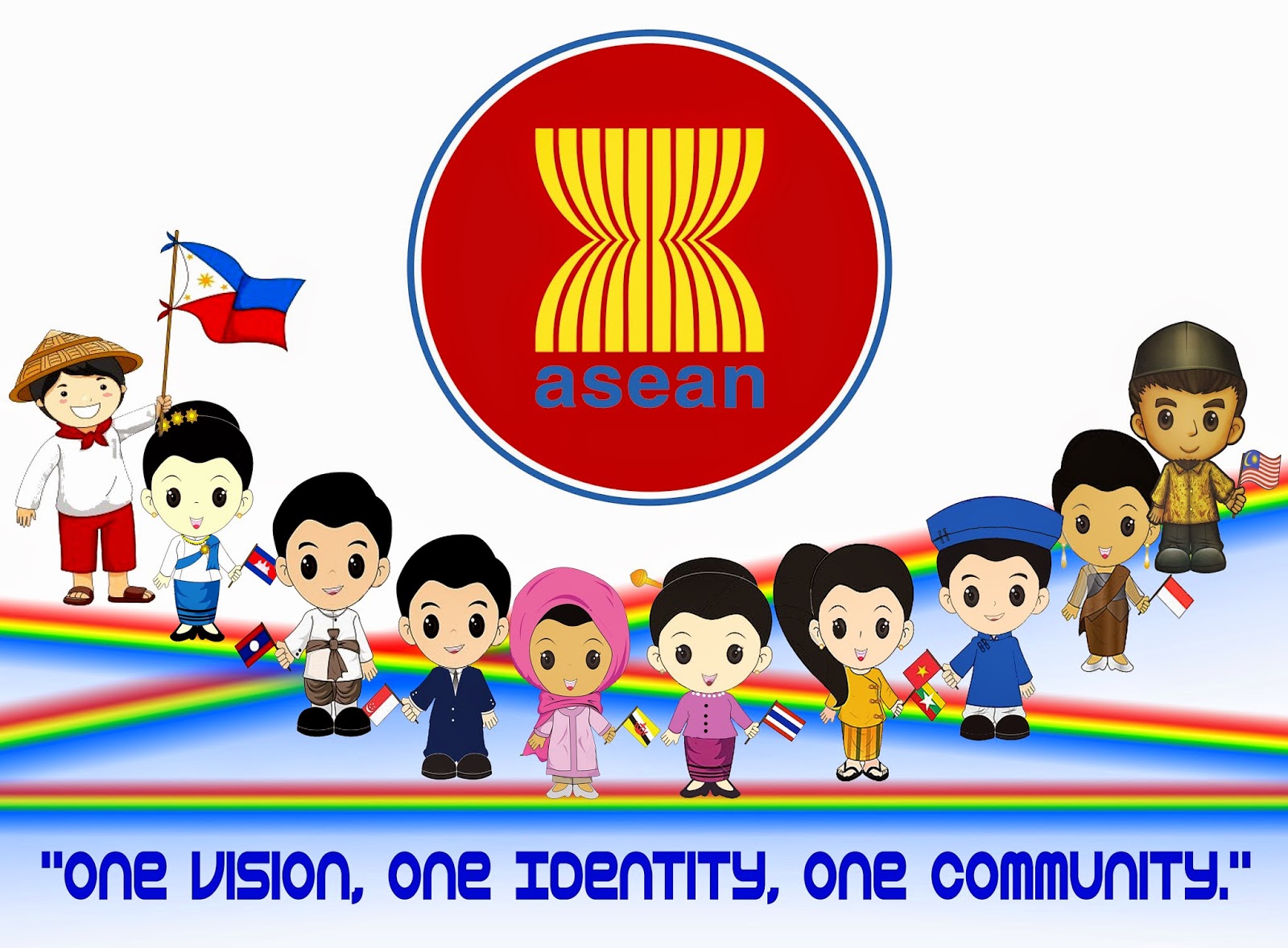
18 Feb, 2024
SDGs will fail to meet 2030 target, but Travel & Tourism can still be a big help
Bangkok — The “unfavourable global context” has rendered the 2030 target for the UN Sustainable Development Goals unachievable, according to a UN report. Although considerable progress has been made across all the 17 goals, it is “uneven and inadequate” across countries and categories, and will not be fully achieved until 2062.
The progress report was released at a Feb 15 press conference at the Foreign Correspondents Club of Thailand (FCCT) addressed by Rachel Beavan, Director, Statistics Division of the UN Economic & Social Commission for Asia-Pacific (ESCAP) and Lin Yang, Deputy Executive Secretary for Programmes, ESCAP. With the SDGs 15-year time-frame having just entered its the second half, the report offers a comprehensive analysis of the current situation, backed by measurement indicators by country and category.
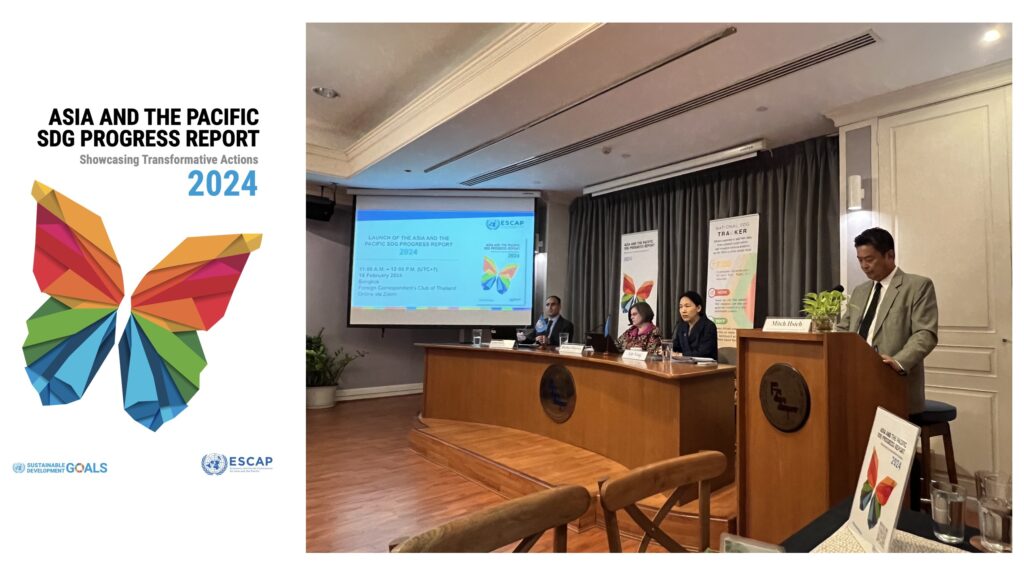
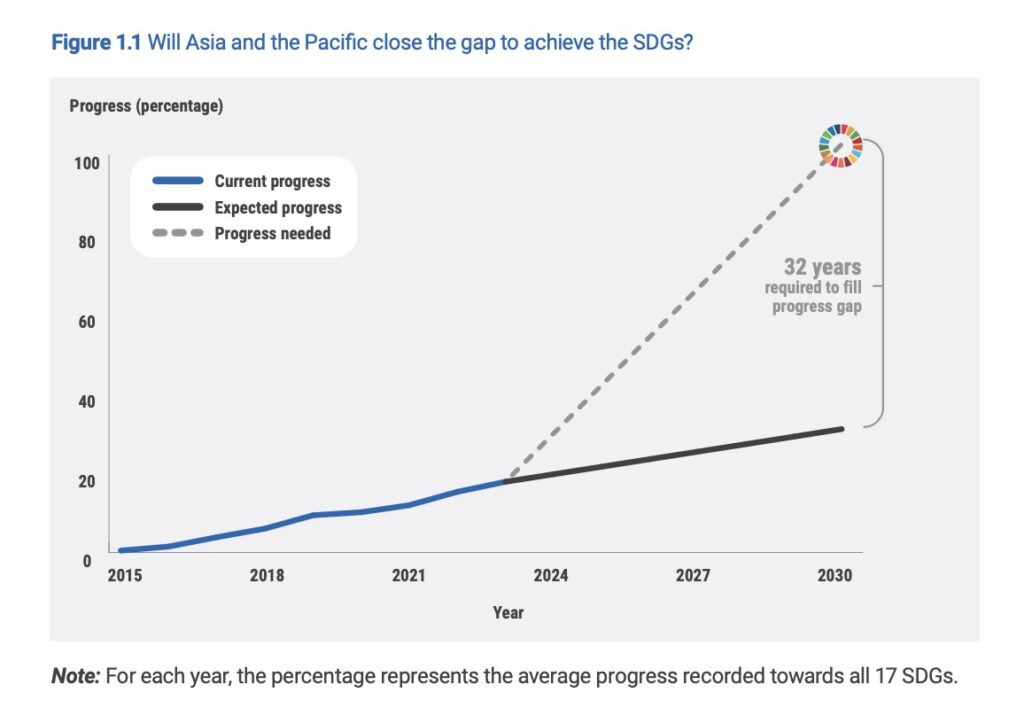
A detailed exploration of the report shows clear windows of opportunity for the Asia-Pacific travel & tourism industry to redouble efforts to meet at least two of the SDGs (5 & 16) facing “data scarcity” challenges.
In her Foreword to the report, Ms Armida Salsiah Alisjahbana, Under-Secretary-General of the UN and Executive Secretary of ESCAP, says the region is “at a critical juncture.” She says, “Progress towards the SDGs remains uneven and inadequate across the region. Alarmingly, none of the 17 SDGs are on track to be achieved by the 2030 deadline. Trends suggest that at the current pace, the region will not achieve all 17 SDGs before 2062 – marking a significant 32-year delay. While positive steps have been taken to reduce poverty and support sustainable industry, innovation and infrastructure in the region, these are insufficient to achieve Goals 1 and 9 by 2030. This underscores the region’s substantial shortfall in meeting the aspirations of the 2030 Agenda and signals regression in some critical areas.”
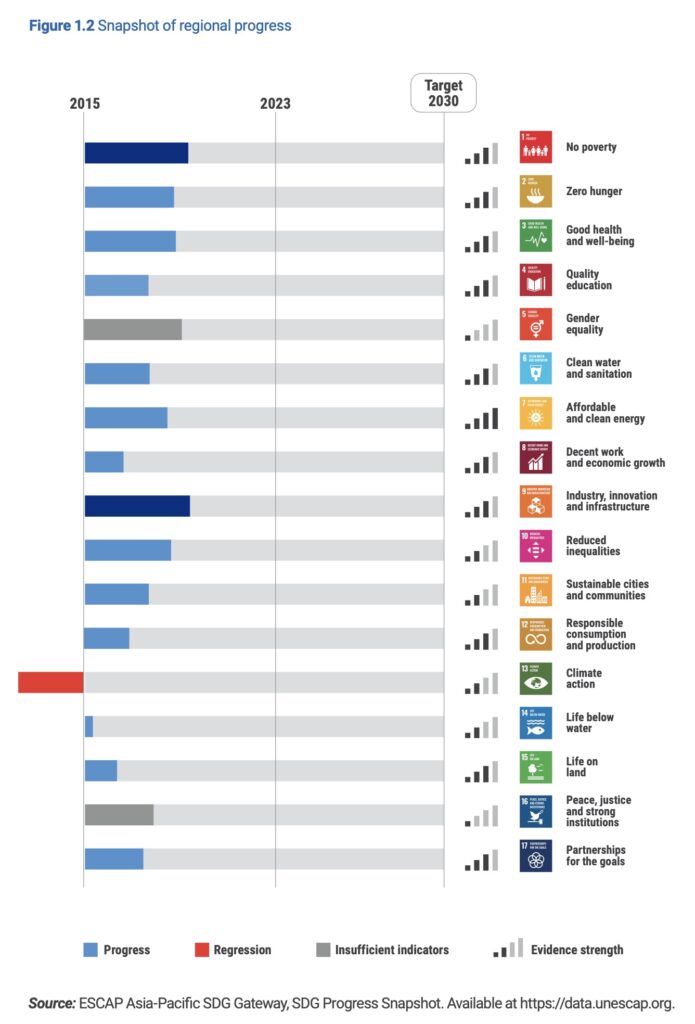
Why are the Goals beyond reach?
Says the report, “An unfavourable global context is undoubtedly contributing to this slow progress. The COVID-19 pandemic has upended lives, pushing millions into poverty. It has carried significant social, economic and environmental consequences that are gradually being reflected in the data. Ongoing crises and conflicts, both within and outside of the region, have disrupted global supply chains, stoked inflation and created uncertainty. They have contributed to food and commodity price volatility and a constrained financial environment.”
Nevertheless, the report says the region needs to stay the course and step up efforts to meet the goals.
It says, “Despite these challenges and even though progress in the region is significantly behind schedule, the vision set out in the 2030 Agenda remains as relevant today as it was in 2015. The 17 SDGs continue to provide a comprehensive framework for the bold, transformative action needed to build a greener, fairer and better world by 2030. Accelerating progress towards the goals is becoming ever more urgent, considering the existential challenges the region faces across the social, economic and environmental dimensions of development. This report sheds light on areas where stakeholders need to focus urgent action to ensure no goal, no country and no person is left behind.”
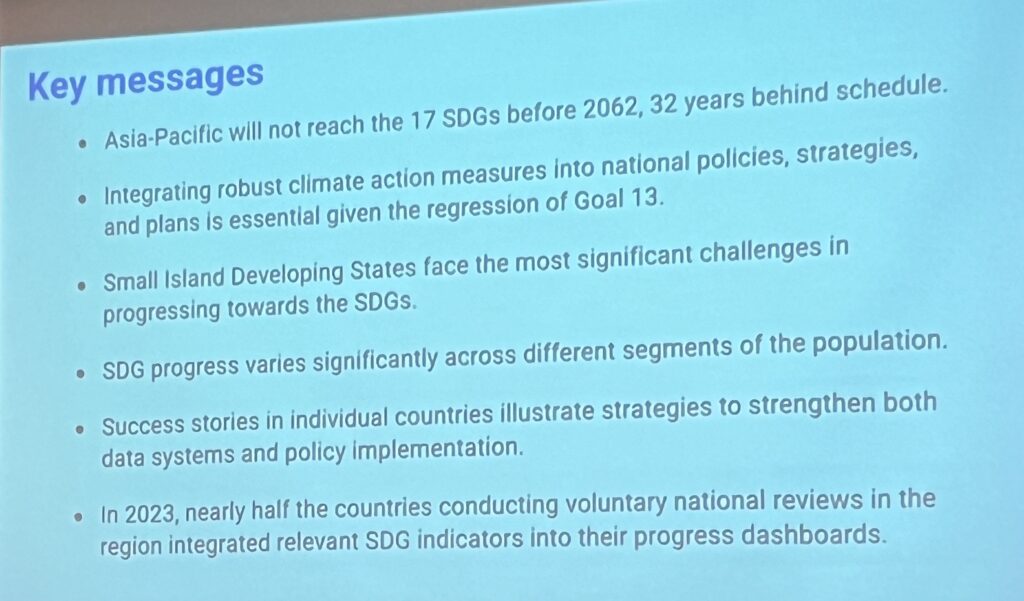
A snapshot of SDG progress and the region’s overall performance shows:
(+) Positive strides have been taken towards eliminating poverty (Goal 1) and bolstering sustainable industry, innovation and infrastructure (Goal 9). These are the goals with the most progress since 2015, yet their progress is insufficient to reach the goals by 2030. Progress towards Goal 1 is partly explained by positive measures towards lifting people out of extreme poverty (defined as living on less than $2.15 a day) and reducing the proportion of people living below nationally defined poverty lines. Official international support to infrastructure and improved access to information and communications technology have contributed to progress towards Goal 9.
(+) Some progress has been made towards zero hunger (Goal 2), good health and well-being (Goal 3), affordable and clean energy (Goal 7) and reduced inequalities (Goal 10).
(+) Urgent action is needed to improve access to decent work and support economic growth (Goal 8) and accelerate progress towards responsible consumption and production (Goal 12). Action is also needed to protect life below water (Goal 14) and life on land (Goal 15) and to strengthen partnerships for the goals (Goal 17). It is in these areas where the least progress has been made since 2015.
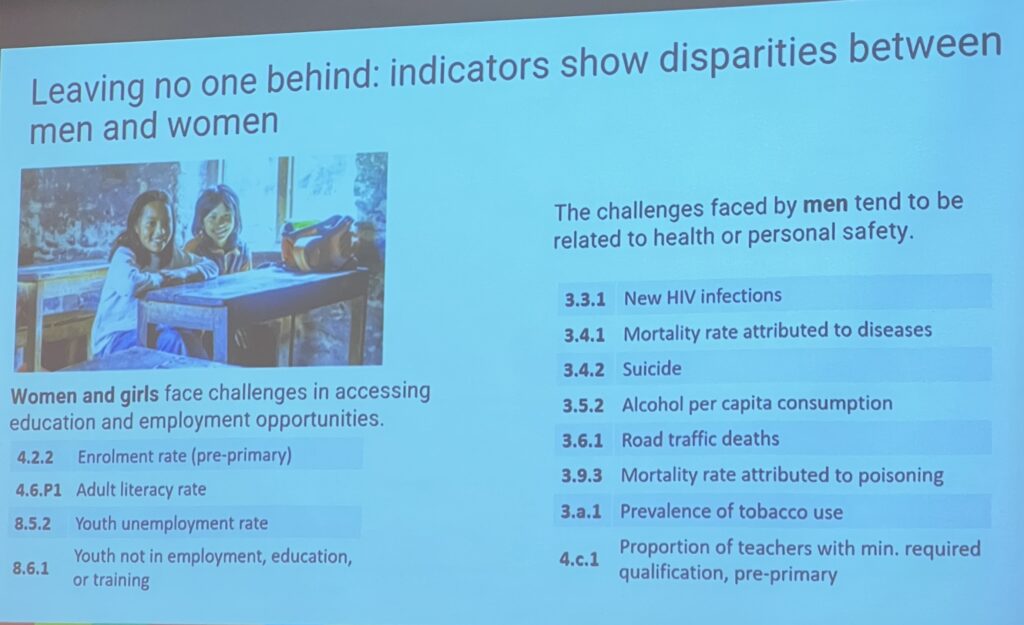
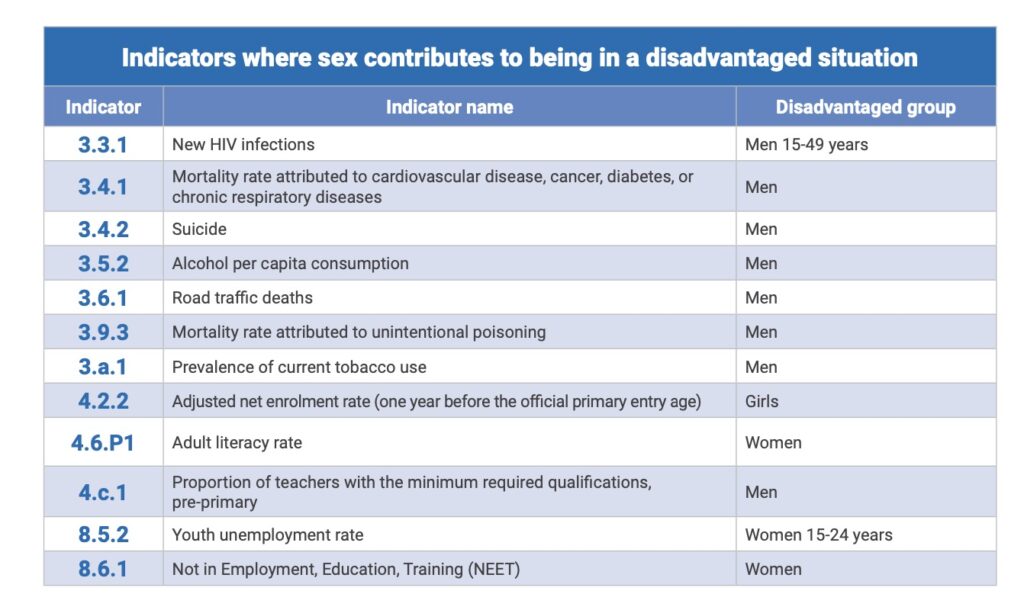
(+) Progress towards achieving quality education for all (Goal 4) is also very slow and the gaps in equal access to education are widening across the region.
(+) Climate action (Goal 13) has continued to regress and action to reverse this trend becomes ever more urgent. The region remains both a victim and a major driver of climate change. Temperatures in the region are increasing faster than the global mean. Extreme, unpredictable weather events and natural hazards continue to become more frequent and intense. Six of the worst affected countries are in Asia and the Pacific, yet the region continues to account for more than half of global greenhouse gas emissions, much of which is driven by coal combustion.
One of the main challenges in the assessment of progress towards the SDGs is the lack of sufficient trend data, the report says.
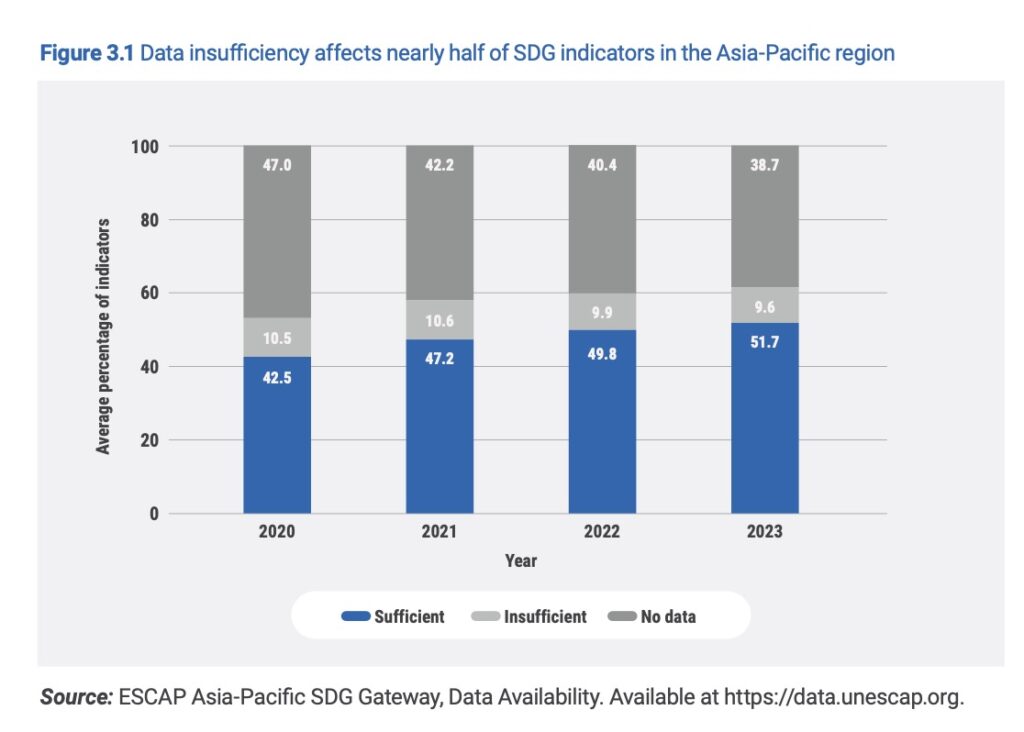
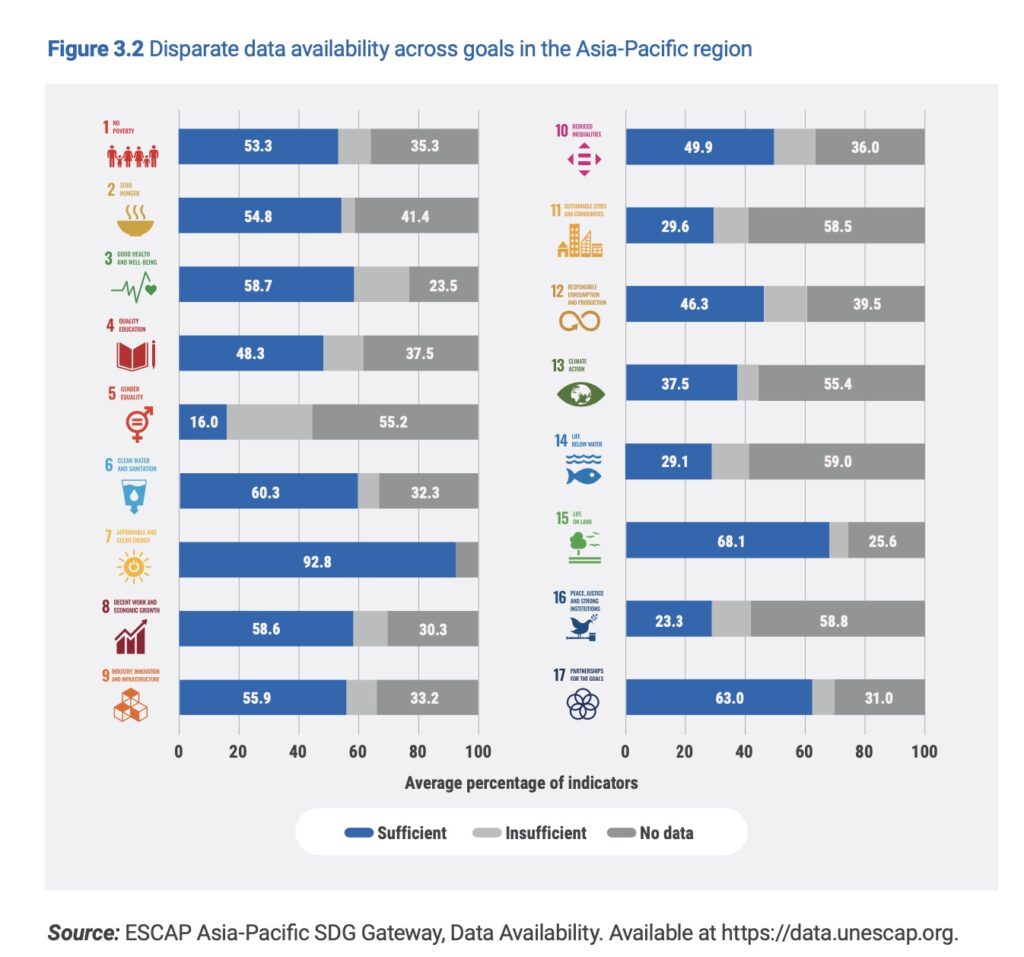
The UN has a National SDG tracker which allows countries to add their data, enter national target values, and visualize national progress on the SDGs. Progress on each of the SDGs is measured by a subset of 231 indicators, but the report says only 133 possess sufficient data to assess regional progress. Across the ESCAP member States and associate members, on average, only 52 per cent of the indicators have two or more data points while more than a third of the indicators lack data altogether.
Two of the areas with the biggest data shortfalls are of direct relevance to tourism: Goal 5 (in which Tourism performs exceptionally well) and Goal 16 (to which Tourism can make a significant contribution).
On Goal 5, the report says, “Despite overall progress in school enrolment rates, women and girls continue to face considerable challenges when it comes to accessing education and employment opportunities. They have lower enrolment rates and struggle with literacy. Young women also encounter difficulties accessing labour markets, leading to higher rates of youth unemployment.” It adds, “Overall, the indicators suggest that discrimination faced by women and girls remains a major cause of inequality while men face health and personal safety challenges.”
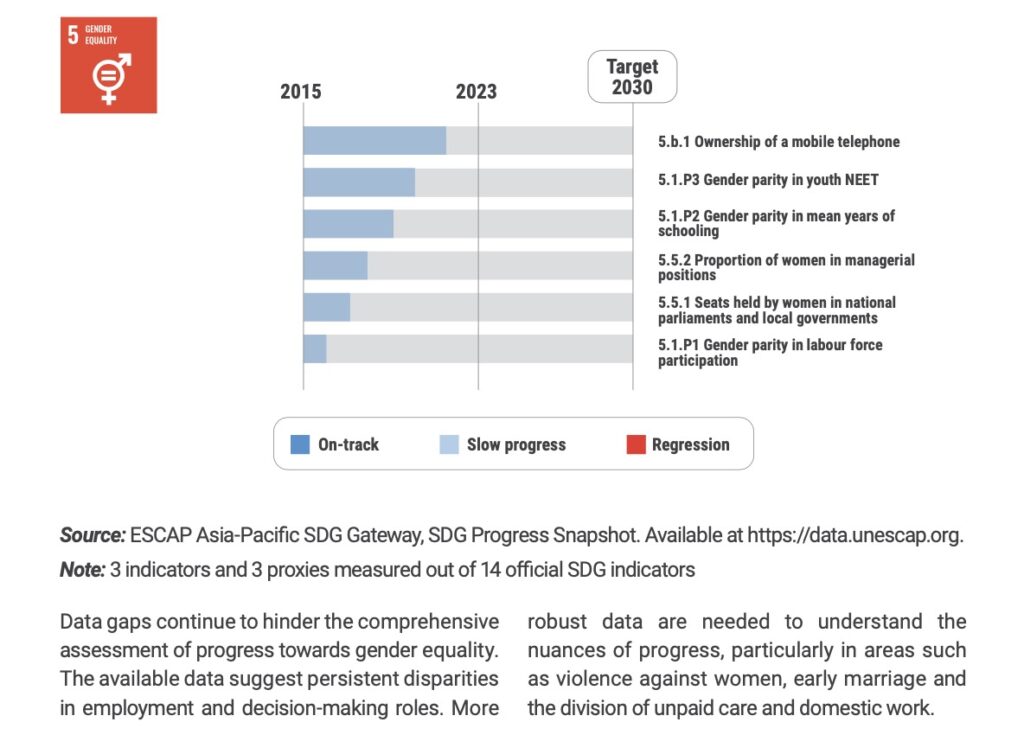
On Goal 16, the report cites the importance of corruption, crime, violence, peace, justice and human rights. It says the goals are facing “Data scarcity” related to measurement indicators. “While there have been reductions in certain indicators, such as homicide rates, the region must tackle the rise in internally displaced populations while also combating bribery, corruption and human trafficking. To ensure access to justice for all, more must be done to establish non-discriminatory legal frameworks. This requires that all societal groups, especially women and youth, actively participate in decision-making processes.”
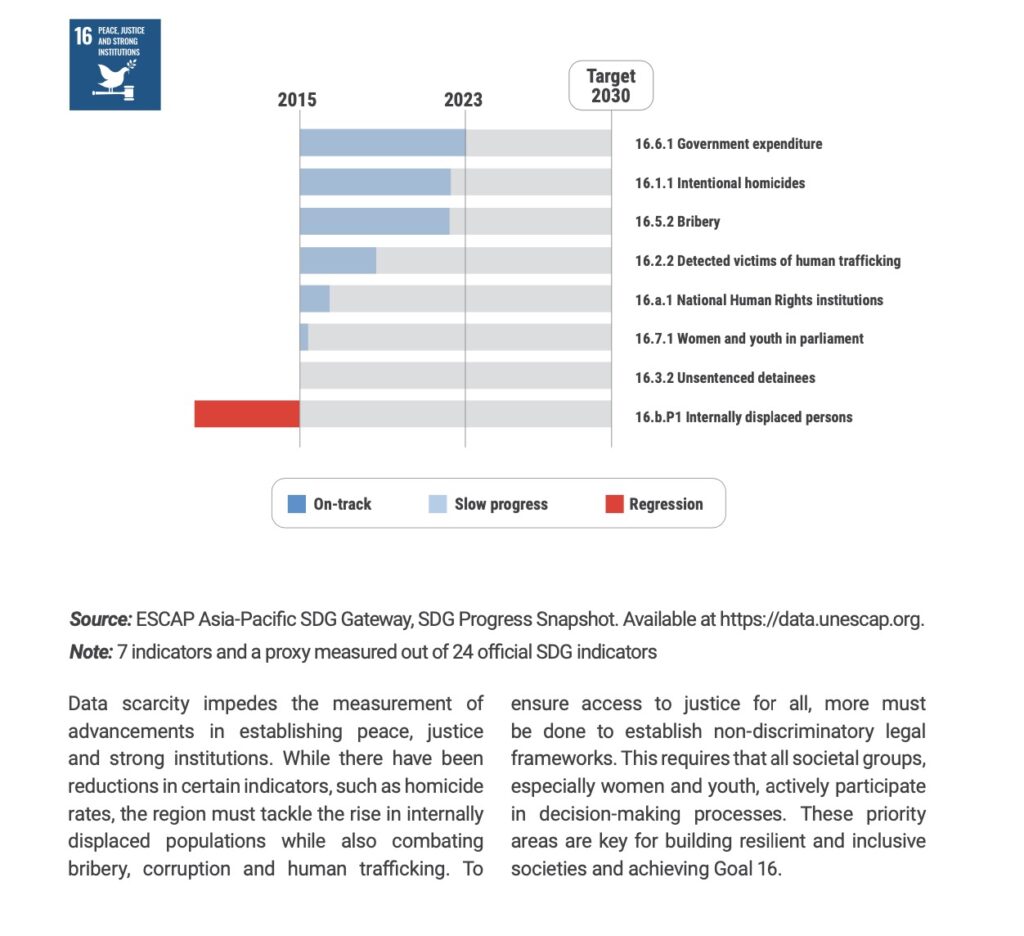
The report provides a comprehensive checklist against which individual Travel & Tourism companies can analyse their own individual contributions. One observation is the clear imbalance in the way Travel & Tourism as a whole has addressed the SDGs. Far too much attention has been paid to the SDGs related to the environment, production, consumption and technology and virtually none to the social, economic and cultural-related goals.
Perhaps the most critical gap is the responsibility of Travel & Tourism in addressing the “ongoing crises and conflicts”, the causes of the SDG shortfalls, which never figure on the agendas of industry forums and conferences.



Liked this article? Share it!